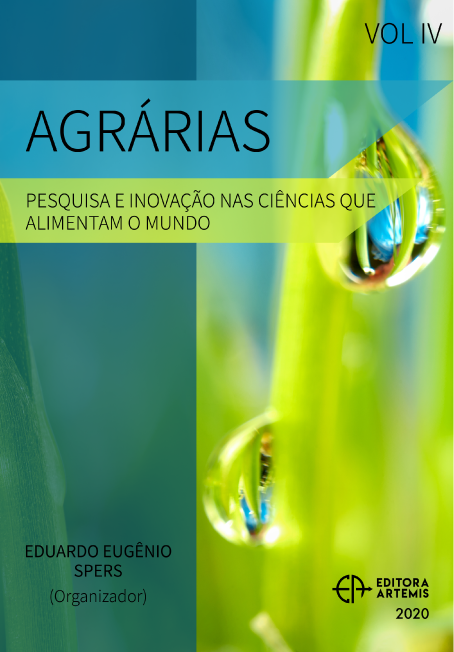
APLICACIÓN DE TOMOGRAFIA DE RESISTIVIDAD ELÉCTRICA PARA ESTUDIAR EL COMPORTAMIENTO HÍDRICO DE UN SUELO DESCOMPACTADO
En este trabajo, se presentan los resultados preliminares de una serie de tomografías de resistividad eléctrica realizadas en un suelo con cultivo de maíz en la región centro de la provincia de Buenos Aires. El ensayo se realizó en un lote con dos tratamientos: suelo sin remoción (SR), bajo siembra directa continua durante varios años y suelo con remoción (CR). La humedad del suelo fue medida con sondas de registro continuo y complementariamente, se instalaron tensiómetros para observar la dirección del flujo de agua. La humedad volumétrica de la sección de estudio, se determinó a partir de muestras tomadas periódicamente. La resistividad del suelo fue determinada con un tomógrafo AGI USA R1/IP e interpretada con el programa Earthimager 2D. A partir de las variaciones de resistividad en los distintos estadios del cultivo, mediante la función lapso de tiempo se definieron los cambios en la humedad del suelo. Esta función permitió observar las diferencias de resistividad en una transecta de 16,5 m de longitud y relacionarlas con la variación de la humedad, manifestando un secado más profundo en el tratamiento sin remoción.
APLICACIÓN DE TOMOGRAFIA DE RESISTIVIDAD ELÉCTRICA PARA ESTUDIAR EL COMPORTAMIENTO HÍDRICO DE UN SUELO DESCOMPACTADO
-
DOI: 10.37572/EdArt_2553112206
-
Palavras-chave: Humedad del suelo, tomografía de resistividad eléctrica, descompactación
-
Keywords: Soil moisture, electrical resistivity tomography, decompaction
-
Abstract:
In this work, the preliminary results of a series of electrical resistivity tomographies in soil with maize crop in the central region of the province of Buenos Aires, are presented. The trial was carried out in a field with two treatments: soil without remotion (SR) under continuous direct sowing for several years compacted soil, and with removal soil (CR). Soil moisture was measured with continuous recording probes, and additionally, tensiometers were installed to observe the water flow direction. The volumetric humidity of the study section, was determined from samples taken periodically. The soil resistivity was determined with an AGIUSAR1/IP tomograph and interpreted with the Earthimager 2D program. Variations in resistivity in the different stages of the crop were used for defined changes in soil moisture with the time-lapse function. This function showed resistivity differences in one 16.5 m long transect and related them with the variation in humidity, showing a deeper drying in the treatment without remotion.
-
Número de páginas: 11
- Javier Alejandro Grosso
- Pablo Ariel Weinzettel
- Juan Manuel Ressia
- Carlos Vicente Bongiorno
- Sebastián Dietrich

